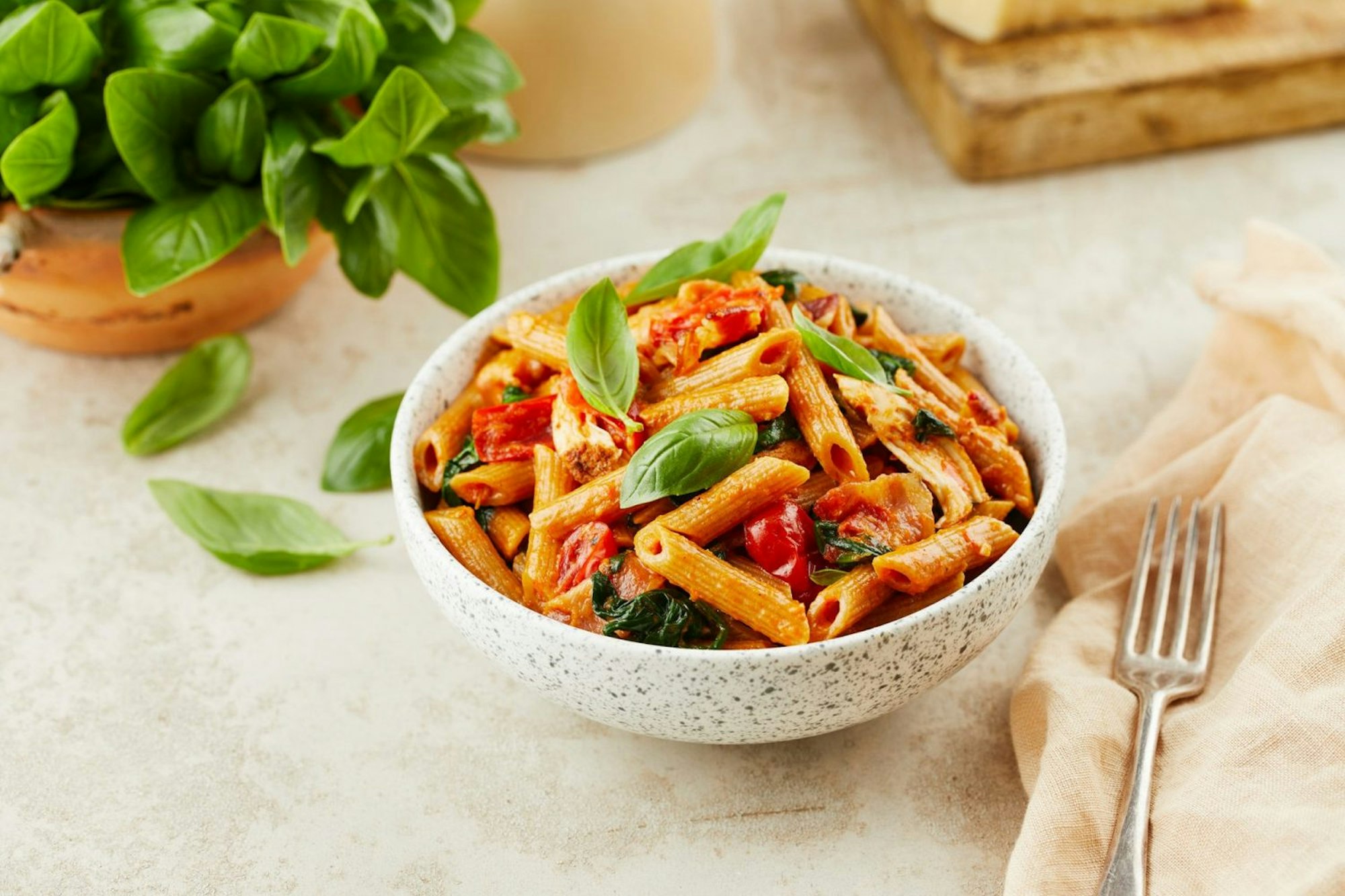The HS code for pasta is 1902, and the specific code depends on the type of pasta:
- 19021: Uncooked pasta that is not stuffed or prepared in any other way
- 190220: Stuffed pasta, whether or not it is cooked or prepared in any other way
- 190230: Other pasta, including spaghetti, macaroni, noodles, lasagna, gnocchi, ravioli, and cannelloni
- 190240: Couscous
Pasta: A Culinary Delight and Its Global Trade Dynamics
Pasta, a beloved staple of Italian cuisine, has transcended borders to become a global favorite. From creamy Alfredo to spicy Arrabbiata, pasta dishes cater to a wide array of palates. But beyond the kitchen, pasta is also a significant commodity in international trade. This article delves into the world of pasta, exploring its types, the scope of pasta imports in India, and the major exporters of this versatile food item.
The Allure of Pasta: A Brief Overview
Pasta is a dough-based food, typically made from wheat flour mixed with water or eggs. Its versatility and ability to pair with numerous sauces and ingredients have made it a universal dish. Pasta is generally categorized into two types:
- Dry Pasta (Pasta Secca): Made from durum wheat and water, dry pasta is shelf-stable and widely exported due to its longer shelf life.
- Fresh Pasta (Pasta Fresca): Usually made with eggs, fresh pasta is softer and has a shorter shelf life, making it more common in local markets than international trade.
Types of Pasta: A Culinary Journey
There are over 300 types of pasta, each designed to complement specific sauces and cooking styles. Some popular types include:
- Spaghetti: Long, thin strands perfect for tomato-based sauces like marinara.
- Penne: Tube-shaped pasta ideal for cream or meat-based sauces.
- Fusilli: Spiral-shaped pasta that holds chunky sauces well.
- Ravioli: Stuffed pasta pockets often filled with cheese, meat, or vegetables.
- Lasagna: Wide, flat sheets used in layered baked dishes.
India’s love for pasta has grown significantly in recent years, fueled by increasing globalization and evolving food preferences.
Pasta Import in India: Trends and Insights
India, traditionally a rice and wheat-consuming nation, has witnessed a burgeoning demand for pasta in the past decade. Urbanization, exposure to international cuisines, and a growing population of health-conscious consumers have contributed to this trend.
Key Drivers of Pasta Import
- Rising Popularity of Italian Cuisine: Italian restaurants and cafes have proliferated in Indian cities, popularizing pasta dishes.
- Convenience Foods: With busier lifestyles, Indian consumers are leaning towards quick-to-prepare foods, and pasta fits the bill perfectly.
- Health and Wellness Trends: Whole wheat and gluten-free pasta varieties have found favor among health-conscious Indians.
Import Statistics
India imports a significant portion of its pasta requirements, especially premium varieties. According to trade data:
- Volume Growth: India’s pasta imports have consistently grown year-on-year, with a marked increase in demand for specialty pasta like gluten-free and organic variants.
- Major Entry Ports: Ports in Mumbai, Chennai, and Delhi NCR are primary hubs for pasta imports.
Global Exporters of Pasta: Who Supplies the World?
The global pasta trade is dominated by a few key players who are renowned for their high-quality production standards and diverse offerings.
Top Pasta Exporting Countries
Italy:
- Why It Leads: As the birthplace of pasta, Italy is synonymous with premium quality and authentic flavors.
- Export Focus: Italy exports both traditional and gourmet pasta, catering to diverse consumer tastes.
- Major Markets: The U.S., Germany, and Asian countries, including India.
Turkey:
- Competitive Edge: Cost-effective production and proximity to major markets make Turkey a significant player.
- Product Range: Primarily dry pasta varieties.
- Export Volume: Turkey exports large volumes to Africa and the Middle East.
China:
- Export Strategy: Mass production capabilities allow China to supply pasta at competitive prices.
- Market Focus: Asian countries and regions with a demand for affordable options.
United States:
- High-Quality Varieties: The U.S. produces premium pasta for niche markets.
- Export Preferences: Exports to Canada, Mexico, and select European countries.
Belgium and Germany:
- Specialization: Known for producing innovative pasta varieties, including fortified and vegan options.
- Consumer Base: Health-conscious and eco-friendly markets.
Challenges in Pasta Trade
While the global pasta trade is robust, it faces several challenges:
- Supply Chain Disruptions: Fluctuations in wheat prices and logistics issues can impact availability and pricing.
- Regulatory Barriers: Import regulations, tariffs, and food safety standards vary by country, complicating international trade.
- Sustainability Concerns: Growing demand for eco-friendly and sustainable production methods is pushing manufacturers to adapt.
Conclusion
Pasta’s journey from Italy to the world showcases its universal appeal and adaptability. For India, the increasing import of pasta reflects changing consumer tastes and a willingness to embrace global cuisines. Meanwhile, exporting countries continue to innovate and cater to diverse markets, ensuring that pasta remains a beloved staple across cultures. As trade dynamics evolve, one thing is certain—pasta’s popularity is here to stay, both on our plates and in the international trade arena.
Whether you prefer a comforting bowl of spaghetti or a gourmet ravioli dish, pasta is not just food—it’s a global connector that unites flavors, traditions, and economies.





